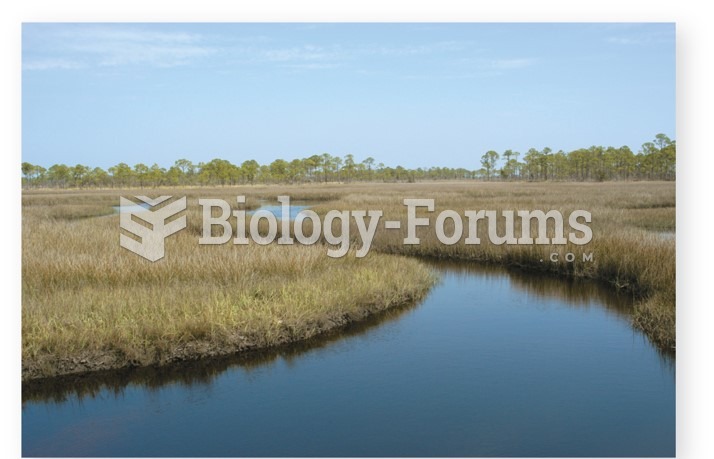Answer to Question 1
ANS: D
Increased progesterone directly stimulates the central respiratory system to increase minute ventilation and tidal volume and to decrease blood PCO2. Oxygen consumption and basal metabolic rate also increases. These changes are the basis of an increased awareness of breathing or even dyspnea that is experienced during pregnancy. Nasal congestion or stuffiness may result from increased estrogen and progesterone levels, which increase perivascular edema and enlargement of the nasal turbinates (Baxley, 2008). These changes may also lead to episodes of epistaxis.
Answer to Question 2
ANS: A
Urinary frequency is often at the top of the list of common pregnancy complaints. The kidneys increase in size during pregnancy, as do the glomerular filtration rate and renal flow (Cunningham et al., 2010). Increases in circulating fluid volume and glomerular filtration rate may contribute to urinary frequency (Baxley, 2008; Cunningham et al., 2010). During the first trimester, the weight of the growing uterus begins to cause pressure on the bladder. Uterine displacement of the bladder by the end of the second trimester can result in urinary frequency and incontinence. Urinary infections and risk of trauma are greater, owing to increased bladder tone relaxation, enlarged bladder capacity, increased bladder pressure, and increased edema of the bladder mucosa. The pregnant woman may complain of increased urination or nocturia. Worrisome symptoms include fever, back or flank pain, suprapubic pain, dysuria, urgency, hematuria, dark or cloudy urine, polyuria, polyphagia, or polydipsia. Vital signs should be normal. An abdominal examination should rule out any uterine contractions or irritability. There should be no CVA or suprapubic tenderness. CBC and glucose levels should be within normal limits. Urine dipstick, urinalysis, and culture as well as sensitivity tests should be normal. Differential diagnoses include pregnancy-related urinary frequency, UTI, pyelonephritis, kidney stone, and diabetes.







